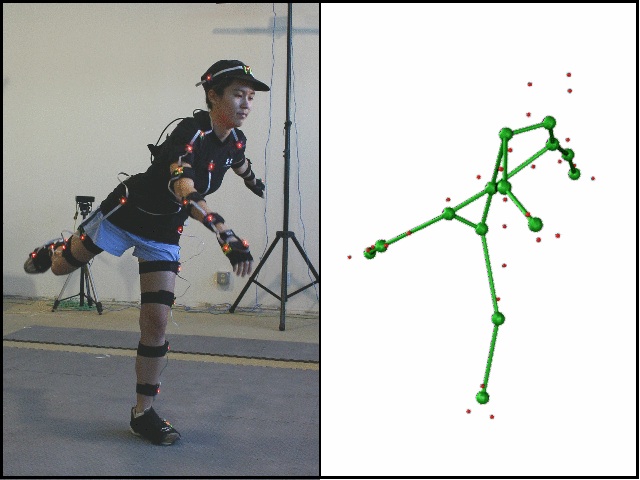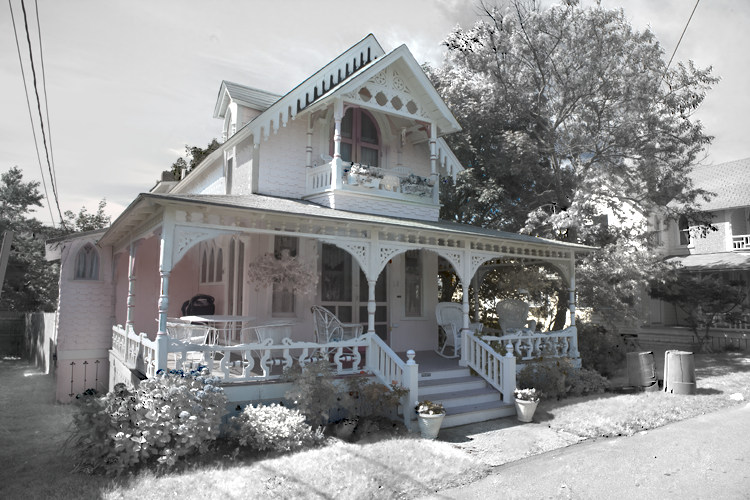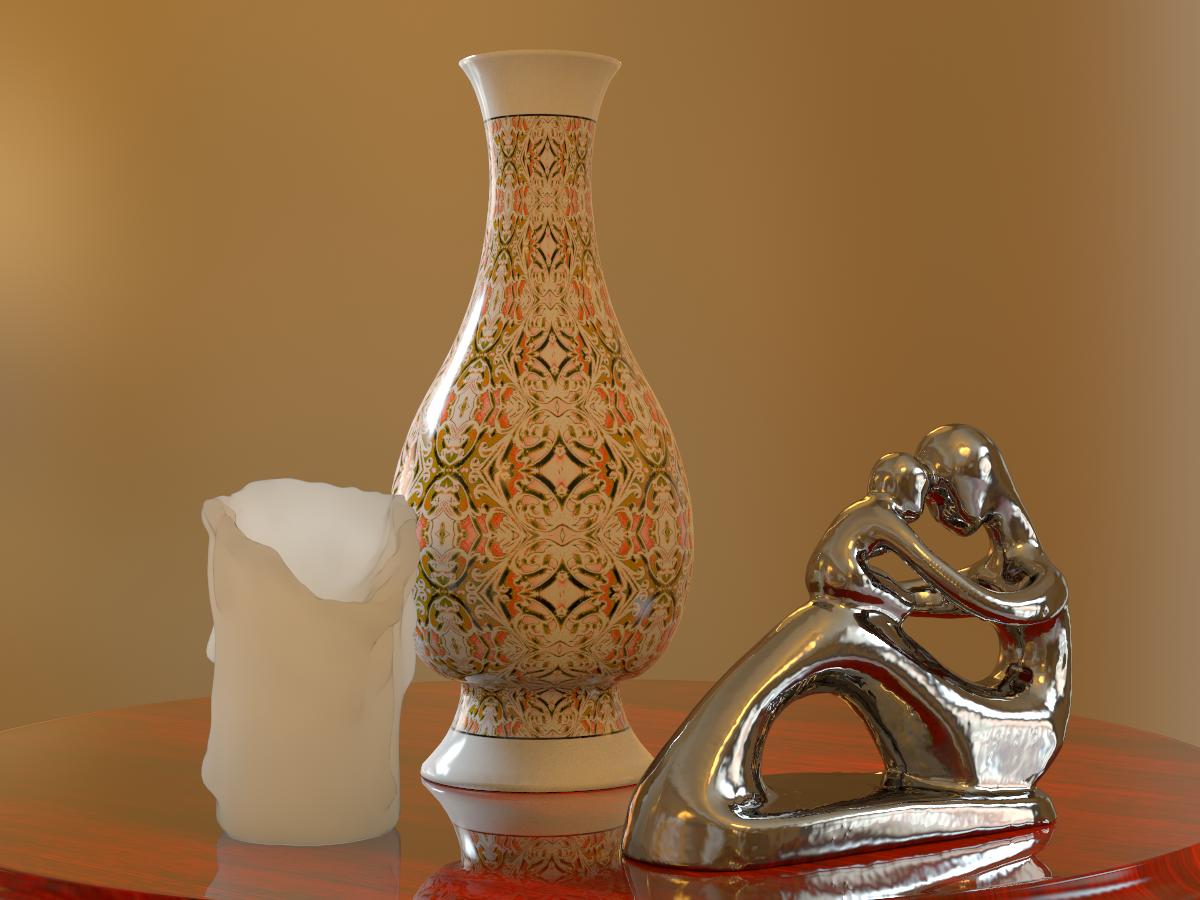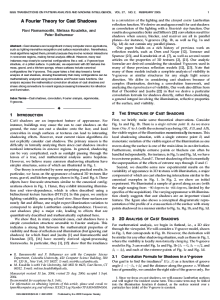A Fourier Theory for Cast Shadows
Abstract
Cast shadows can be significant in many computer vision applications, such as lighting-insensitive recognition and surface reconstruction. Nevertheless, most algorithms neglect them, primarily because they involve nonlocal interactions in nonconvex regions, making formal analysis difficult. However, many real instances map closely to canonical configurations like a wall, a V-groove type structure, or a pitted surface. In particular, we experiment with 3D textures like moss, gravel, and a kitchen sponge, whose surfaces include canonical configurations like V-grooves. This paper takes a first step toward a formal analysis of cast shadows, showing theoretically that many configurations can be mathematically analyzed using convolutions and Fourier basis functions. Our analysis exposes the mathematical convolution structure of cast shadows and shows strong connections to recent signal-processing frameworks for reflection and illumination.
Citation
Ravi Ramamoorthi, Melissa Koudelka, and Peter Belhumeur. "A Fourier Theory for Cast Shadows". IEEE Transactions on Pattern Analysis and Machine Intelligence, 27(2), February 2005.









